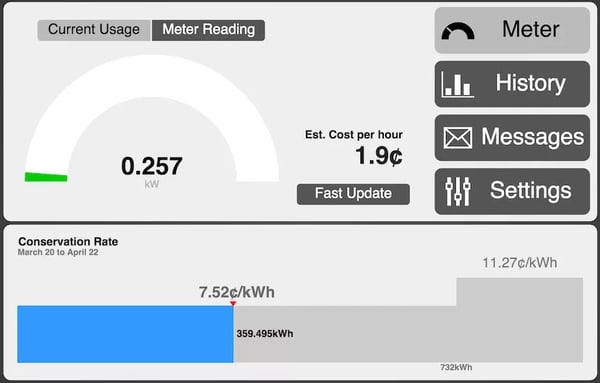Businesses focused on renting equipment and goods find it challenging to synchronize rental order processes with invoicing. That’s because rental terms in today’s marketplace are getting much more varied and flexible. Of course, you can fully automate routine rental orders with fixed rates and periodic invoicing. You can set the periods however you like daily, weekly, monthly billing for ongoing rentals.
But rental models now accommodate lots of different flavors, in response to customer demand. So this calls for a more sophisticated approach. At the same time, companies still need the ability to process rental orders and invoice customers with ease and accuracy. Let’s explore how a mobility-driven approach can help companies keep pace.
Invoicing simple rental orders is easy – but what about the more complex business models?
It’s common today to base rental invoicing on real-time registrations. Such as meter readings, delivered/returned quantities, and quality inspections. This actually isn’t new, but traditional approaches to handling these registrations and invoices are manual and prone to delays and errors.
Examples of rental scenarios where invoicing terms can create difficulties include:
- A mobile crane based on the running hours
- A generator based on an average usage and actual running hours
- A generator based on actual Kwh usage
So how can you automate rental data collection needed for invoicing?
Ideally, all registrations, especially the ones that are used for invoicing, should be triggered either automatically (e.g. meter readings) or manually via a mobile device (e.g. hour registrations, including signature capture).
The Internet of Things (IoT) is increasingly playing a role for capturing data. For example, IoT sensors on a meter can collect data for a meter reading, including an average usage calculation. What was previously a handwritten or manually input registration is now a cloud-based process. Where you tap a mobile app and data streams directly from the sensors to the device UI:

Image 1: Example of IoT in combination with Rental PowerApps
The Rental PowerApps are extremely easy to use. A few more taps and all data goes to the back office or even directly into a customer-specific invoice. The technician can present or email this to a customer. You can automate all calculations and base it on bullet-proof algorithms. And all information gathered goes to a central business database and populates forms, records, and queries. So that there’s no worry that rental orders and invoices aren’t synchronized.
To-Increase is working hard to bring you the latest advances in mobility for our DynaRent solutions suite. DynaRent works smoothly with Microsoft Dynamics ERP and mobile technologies. This way we improve cash flow across your organization and let you take on new models for rental terms and invoicing.
You can read more about our DynaRent PowerApps product here.





